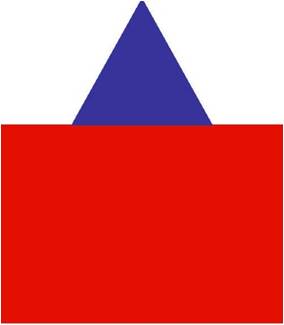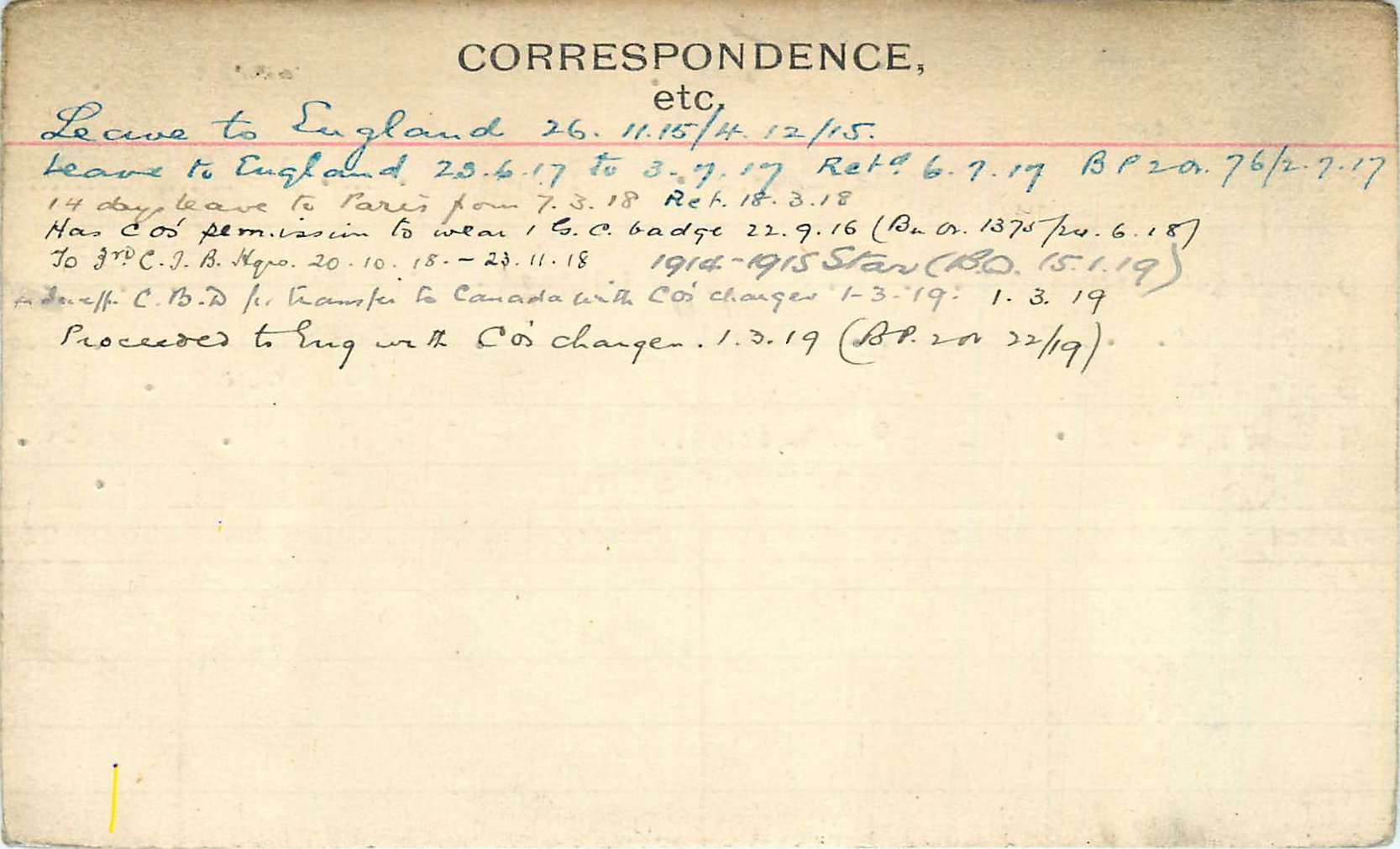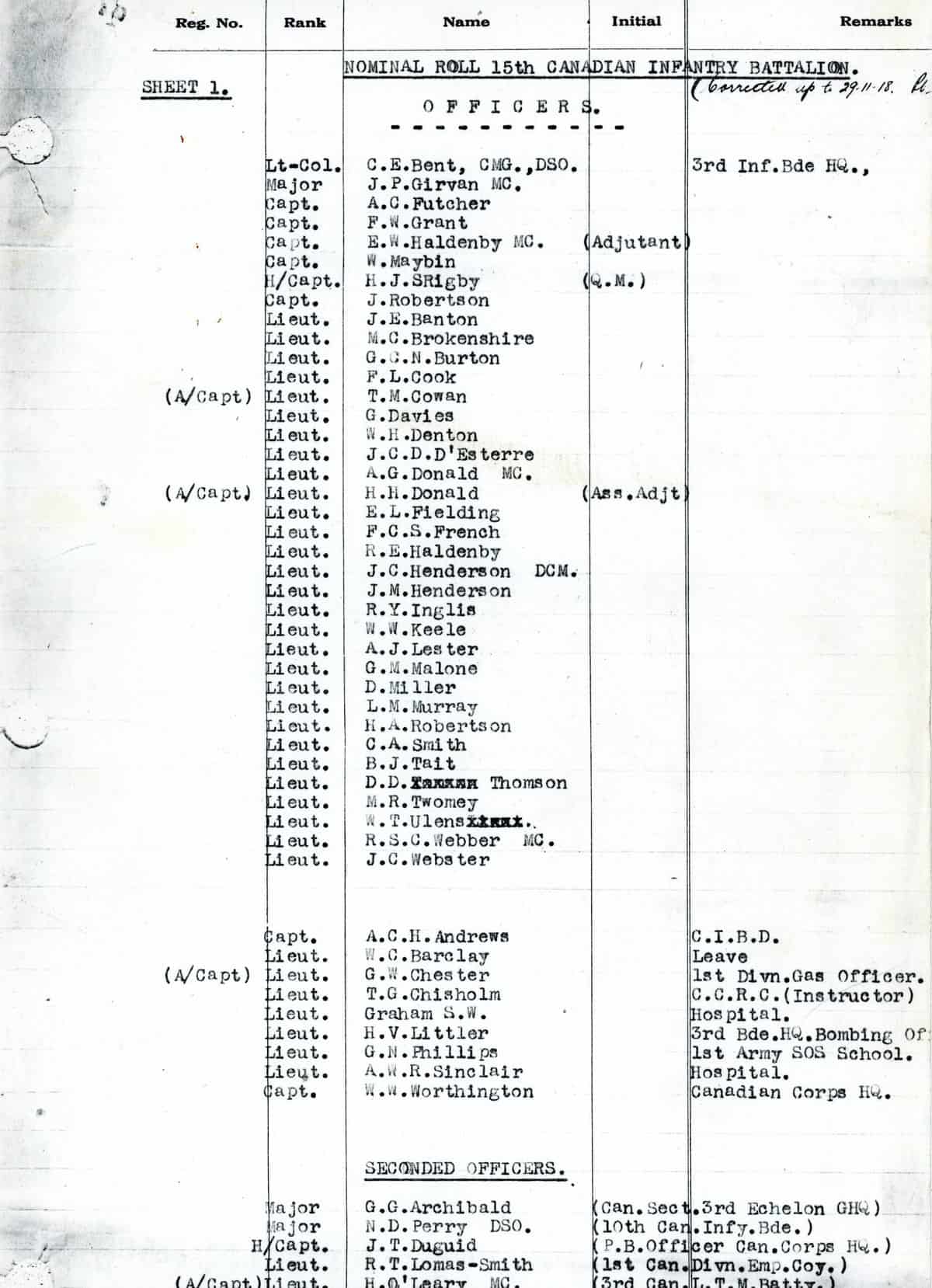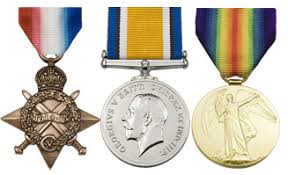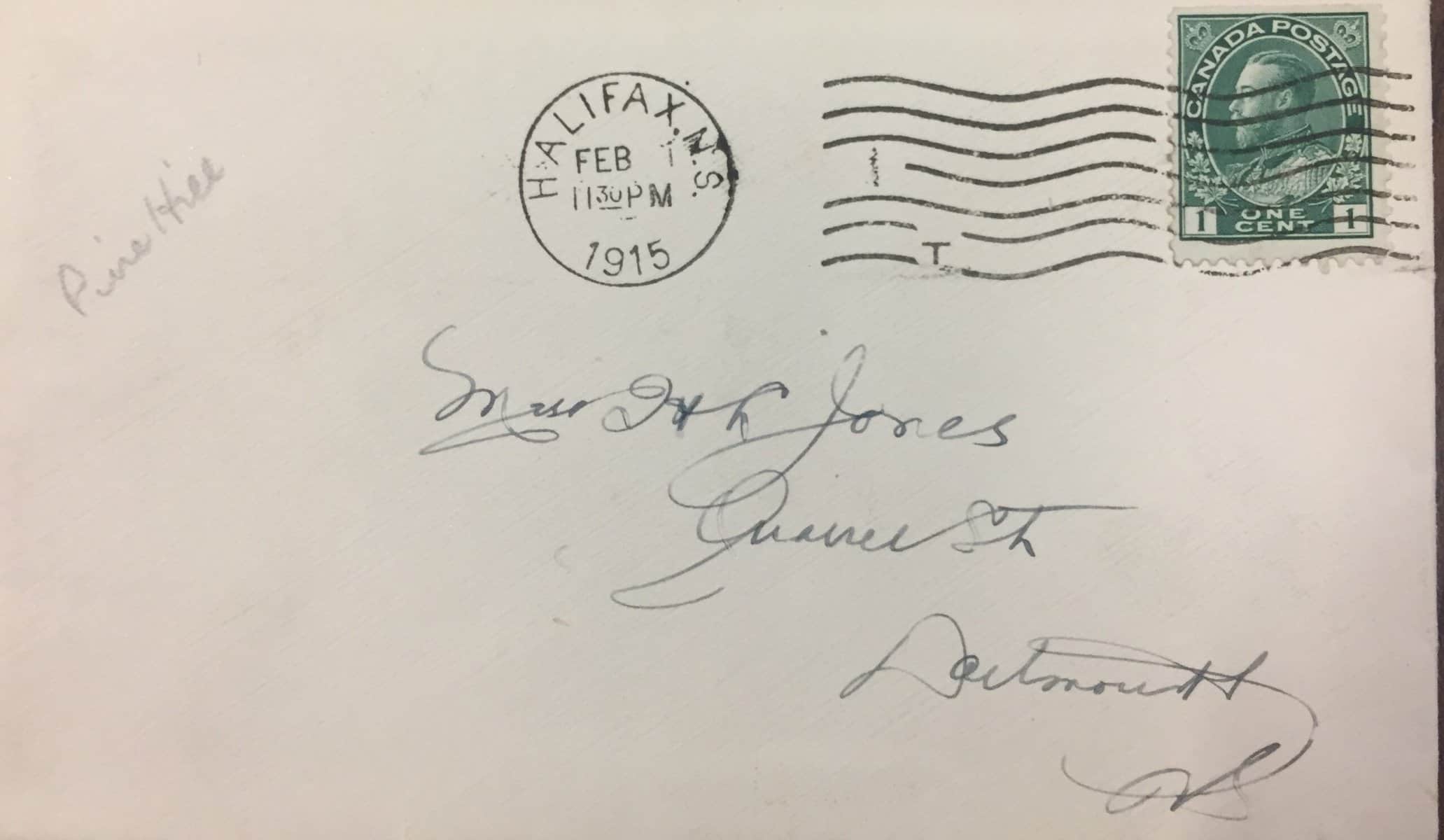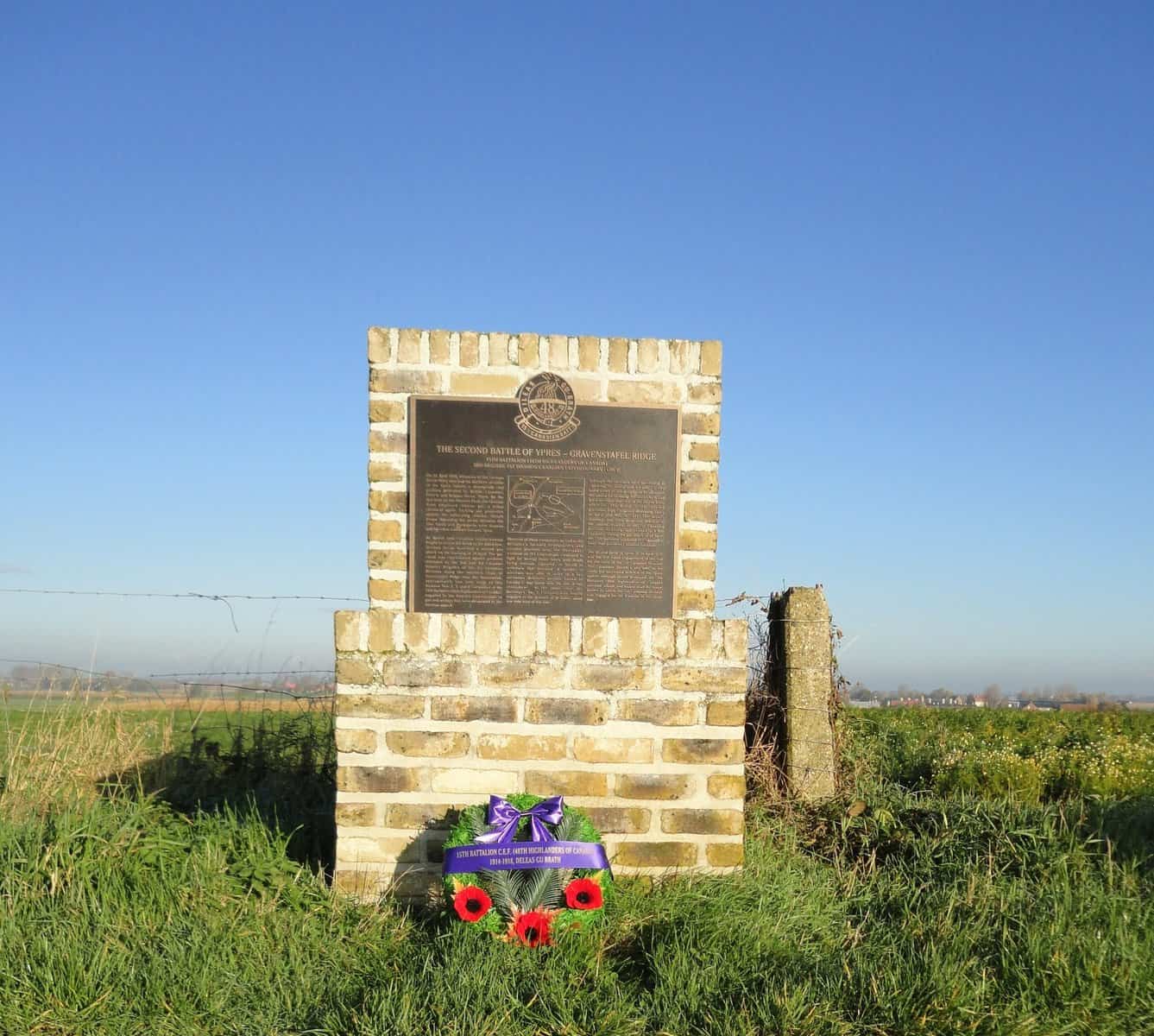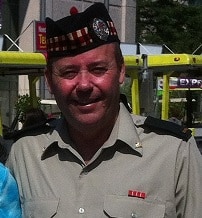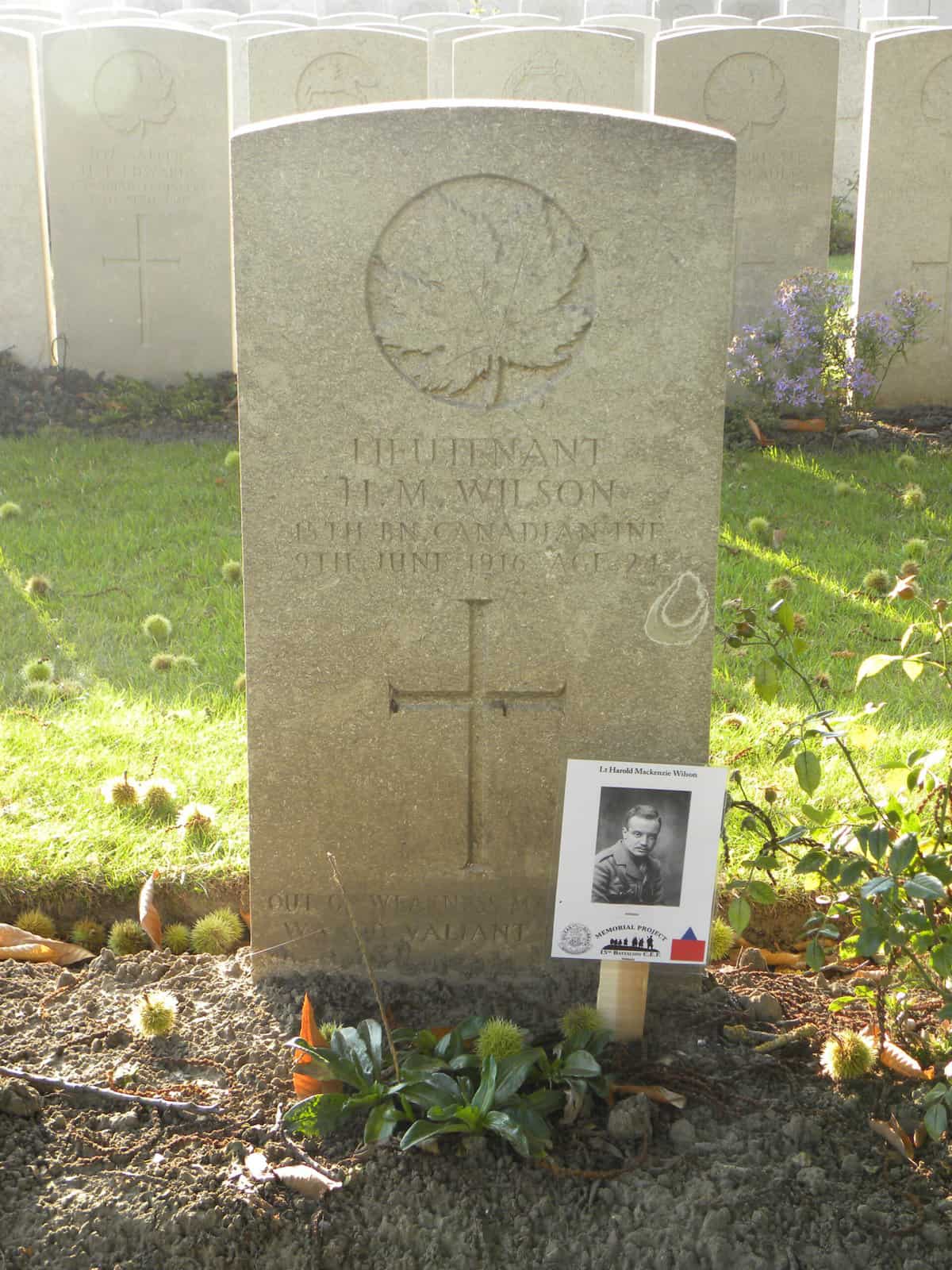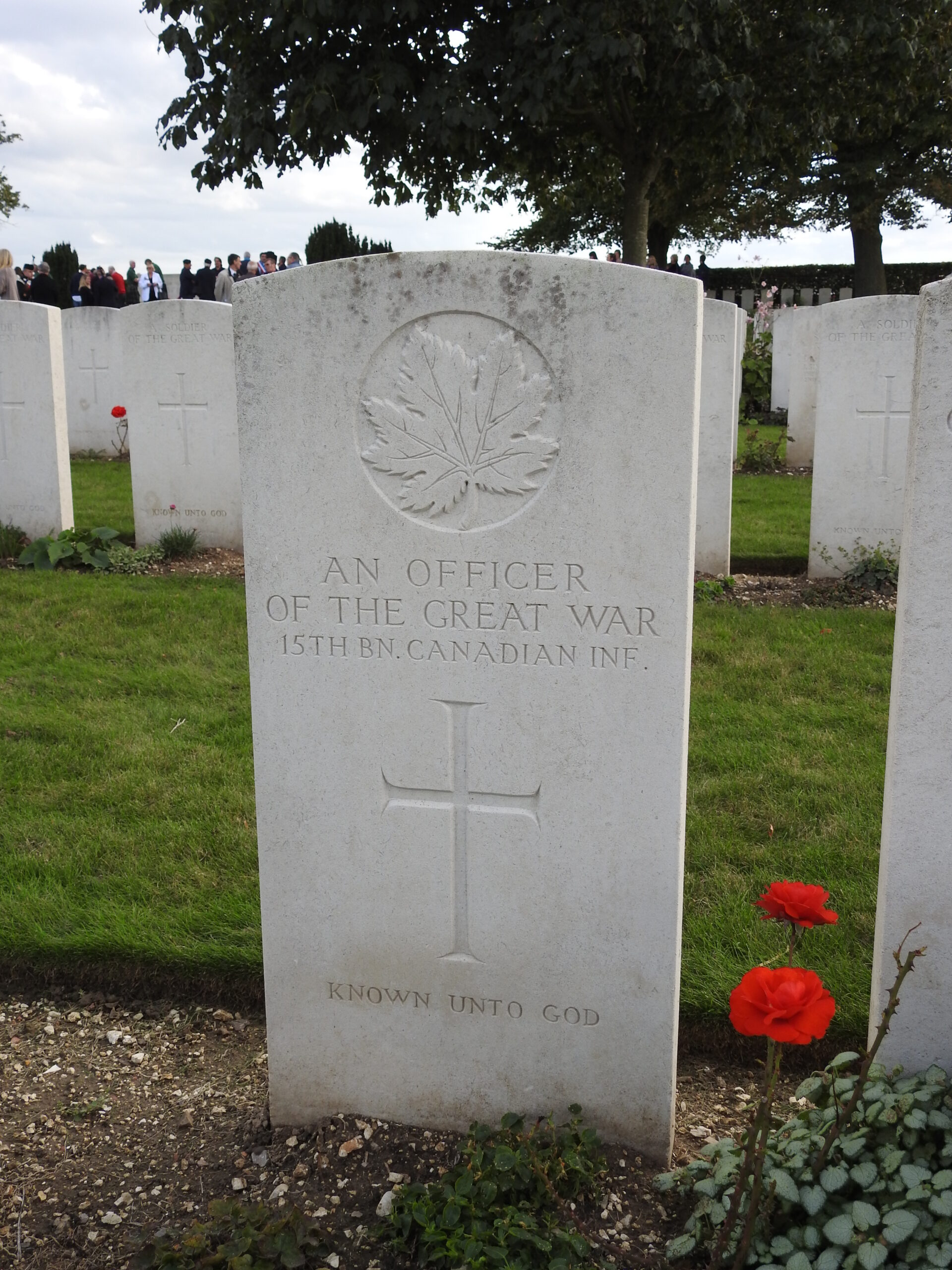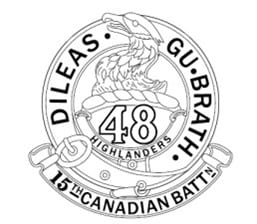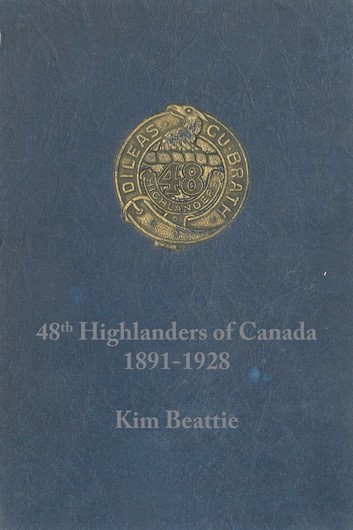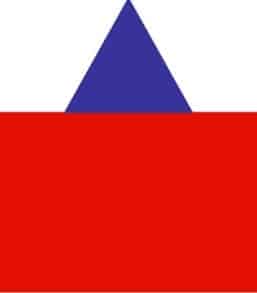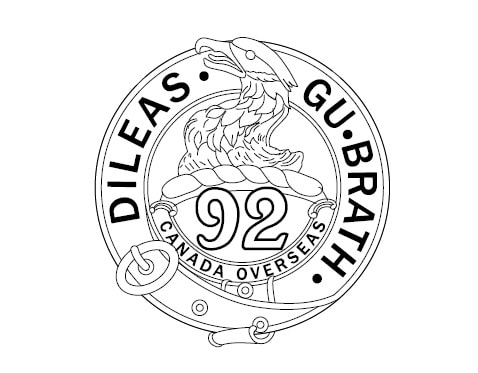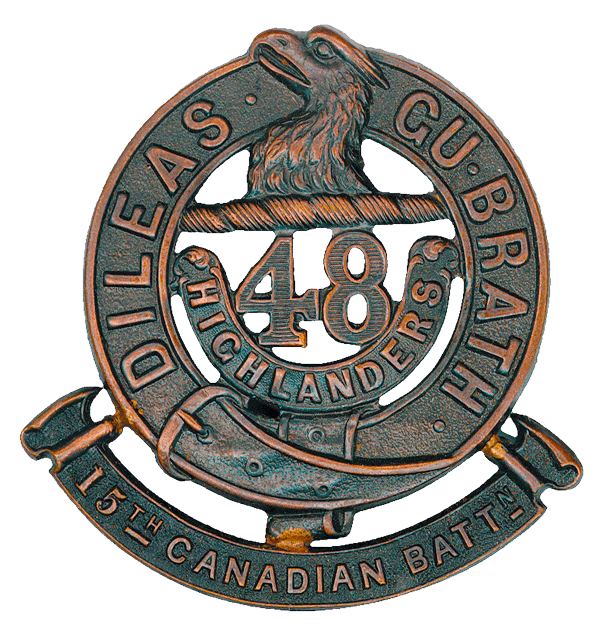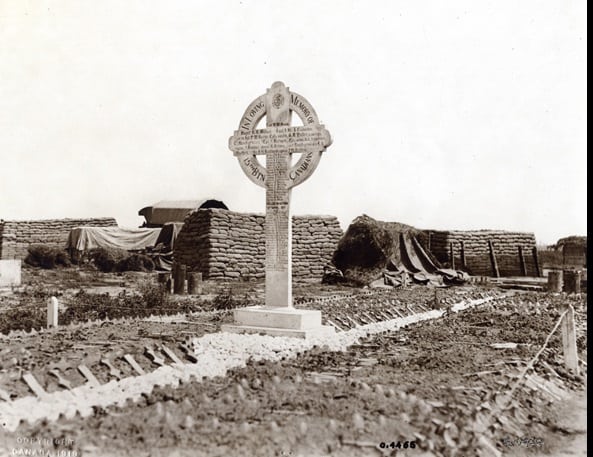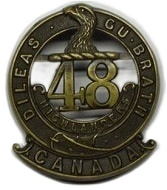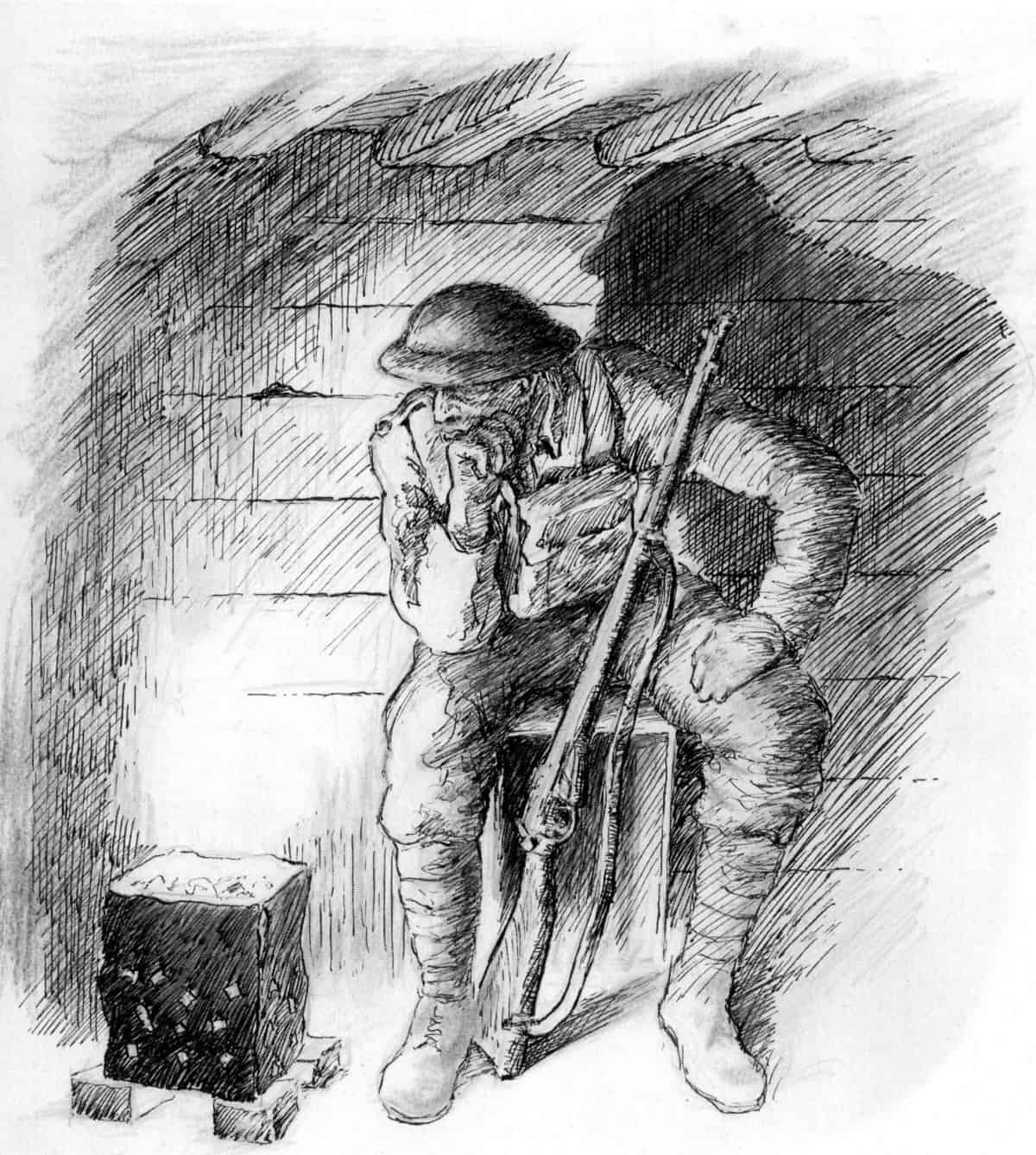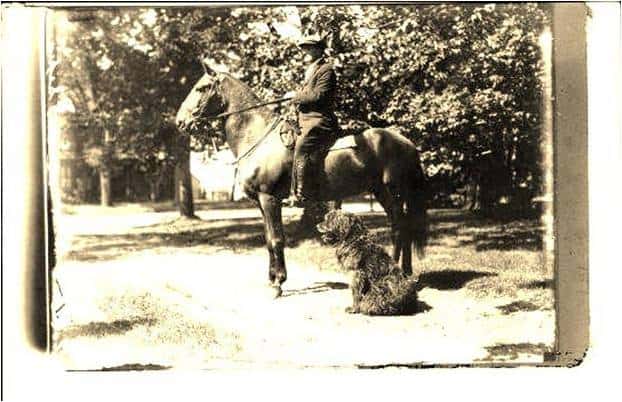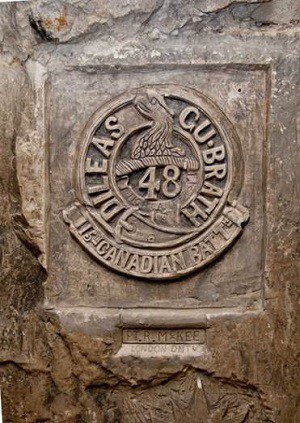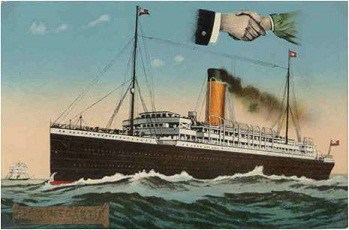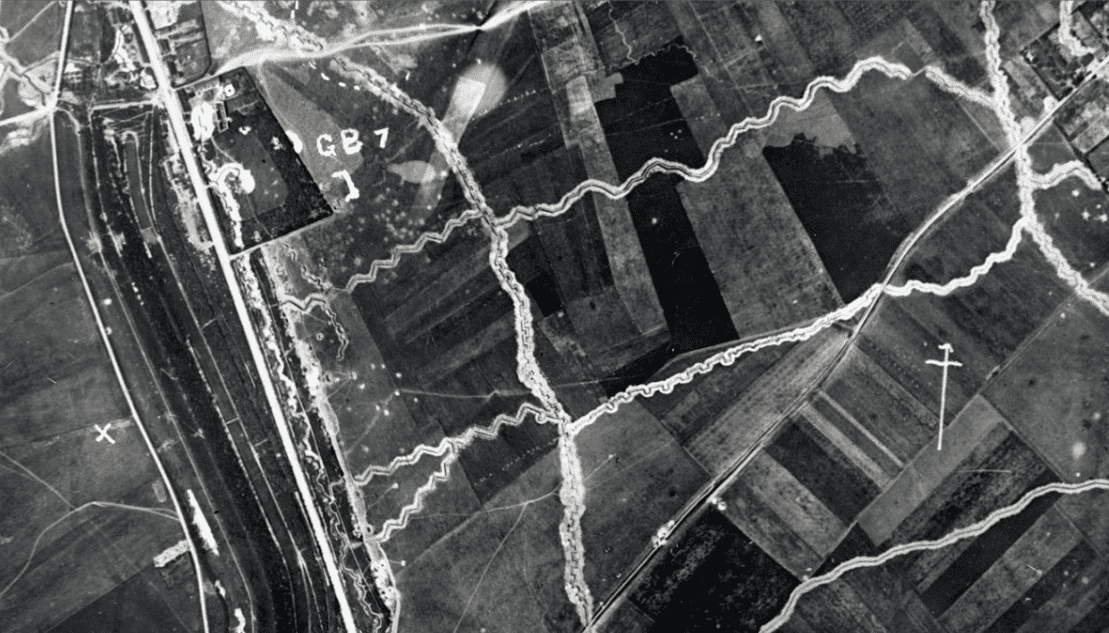Index
Please select a letter from the table below to view record of service cards for surnames beginning with the letter chosen. When the selected page opens, you can search that page for Highlanders with a specific last name.
Comments to assist researchers
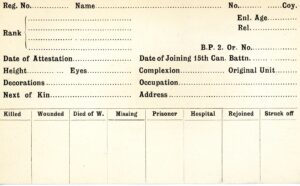
Pre-printed form: front side
- No.: The regimental number will be the number assigned to the individual by his parent unit which will be the unit he first joined upon enrolment. Every unit, battalion, etc, of the CEF was assigned a series of numbers to allot to members who joined that unit, and that number did not change when individuals moved from one unit/formation/etc/ to another. www.canadiangreatwarproject.com and www.collectionscanada.gc.ca both have on-line regimental number data bases with search functions to identify regimental numbers assigned to specific individuals and regimental number series/sequences assigned to specific units.
- Name: The sequence for listing names in this field is Surname first followed by any Christian names in normal sequence from first to last. Frequently initials are used instead of a complete Christian name. Often at some point the names may have been amended to reflect a full Christian name replacing what had been an initial; a correction in the spelling of any of the names; and a change in name to reflect the individual had enlisted under an assumed name and his actual name became known at a later date. These types of amendments are most often also annotated by a note on the reverse side of the card as well. collectionscanada,gc.ca, www.canadiangreatwarproject.com, www.cwgc.org and www.veterans.gc.ca all maintain online databases with search functions to locate individuals by name
- Coy: Indicates which sub-unit of the 15th Battalion the individual was assigned to joining the unit. This frequently would change throughout his service with the Battalion and each change is normally indicated by a hand inserted alteration. On the earlier version of the card this field was located in the left centre of the card while on the later version it was located in the top right of the card. Coys were 1 through 4, HQ or HQs company and frequently which specific element of the latter two such as Sigs, Comms, Transp, Police, etc.
- Enl Age: Age of the individual upon enlistment.
- Rank: A field with four horizontal spaces to allow for changes in rank over time.
- Religion: religious denomination
- Date of Attestation: The date when the individual was formally/officially enrolled into the military.
- Date of Joining 15th Battn: The date when the individual arrived on strength of the 15th Bn.
- P.2. Or. No.: Abbreviation for Battalion Part 2 Orders Number and indicates the routine written publication that records which individuals joined the Battalion, on what date and frequently from what unit, location, etc.
- Height: Obvious physical data
- Eyes: as above
- Complexion: as above
- Original Unit: the unit which the individual joined or was assigned to when he was Attested into the service.
- Decorations: citations and medals the individual was awarded during his service to include any awarded before 1914.
- Occupation: The individual’s civilian occupation prior to enrollment. Frequently certain skills/trades/occupations stated here will be related to the individual’s military employment noted on the rear of the card. IE: cook, tailor, ferrier, stonemason, etc
- Next of Kin: The individual (usually but not always their closest relative by birth or marriage) to be notified in the eventually the individual was KIA, MIA, hospitalized or a POW. Frequently small, inserted annotations can be found such as (W) or (M) or (S) to clarify the nature of the NOK relationship – mother, wife, sister, etc.
- Address: Location of NOK.
- Horizontal status table: A simple table with vertical space to allow for date annotations to indicate the changing status of the individual when applicable. This includes from left to right: Killed, Wounded, Died of W, Missing, Prisoner, Hospital, Rejoined, Struck off. Normally entries here are limited to simple date insertions and sometimes a very brief explanatory note because all the specific details that expand upon the date entries here are found on the reverse side of the card. For example: Killed – on the reverse side might contain details on the nature of the death, witnesses, personal effects recovered and their disposition and details on burial location.
Blank field: back side
Simply described, the back side of the Record of Services card provides the specific details that expand upon the various date entries in the table on the front side as well as providing other details related to the individual’s service that are not covered by the categories in the table on the front side.
Explanation of the typical types of entry details found on the reverse side that expand upon the category entries found in the table on the front side should be explained here category by category. Generally speaking, the precision and detail of the reverse side entries consistently increases and improves as the war progressed from 1914 to 1918 which is a clear reflection and indication of the improving professionalism of Units and individuals in terms of record maintenance.
- Killed: When where and how the individual was killed to include deaths that were the result of training accidents, friendly action and illness vice enemy action. Frequently the description of an individual’s death is quite detailed in terms of circumstances, timing, location and witnesses. It is not uncommon to find individuals who were initially annotated as killed in action to subsequently be amended and annotated as rejoined unit or reported in hospital or reported as a POW.
- Wounded: Usually the details here are limited to the type of wound suffered by the individual, the most frequent of those being GSW (gunshot wound) and SW (shrapnel wound) and where on the body the injury occurred. However, the type of injury suffered can be virtually unlimited and researchers frequently encountered broken bones and sprains from falls and concussion blasts; shell shock, often caused by being buried; bayonet wounds; and injuries from grenade and mortar explosions.
- Died of Wounds: Given that the details of an individual’s wounds/injury/etc. were usually detailed in the previous section, normally the only information entered would be when and where the individual died and where burial occurred. With regard to burial information, the details are very specific, even in the case of ‘field’ burials where, because of circumstances, an individual was hastily buried in a location other than established cemetery or burial sites. Almost always Grid locations are provided and in some cases sketch maps are provided to help identify locations – possibly for later retrieval and reburial in established cemeteries or locations.
- Missing: Information provided to explain an individual reported as missing usually indicated when, where possibly circumstances and sometimes witnesses. Numerous individuals were annotated as Missing only to have amendments annotate that they were subsequently found or rejoined the unit. It was not uncommon to find cases where a missing individual was charge with being AWL in absentia and subsequently have the charges dropped when he was discovered to be in hospital or rejoined the unit after being separated.
- Prisoner: This information usually reached the Bn as a result of information passed to GHQ through diplomatic channels (Red Cross) by the Germans and frequently contained the name of the location in Germany or a neutral country where the individual was being held as a POW. Often the information specified if the individual had been wounded or died in captivity.
- Hospital: Anytime an individual was required to be treated medically for wounds, illness or injury, details of where and when medical treatment occurred is provided – CCS (Casualty Clearing Station), FA (Field Ambulance), rear area hospitals to include those in England. In a large number of cases, the hospitalization details were annotated with ‘pay stoppage while in hospital’ because the condition was specified as venereal disease which was regarded as a self-inflicted wound. There were also cases of self-inflicted GSWs (gunshot wounds).
- Rejoined: Whenever an individual left the Battalion for any reason, the date when he returned was annotated and frequently the details of where he was returning from were also entered.
- Struck off: Whenever an individual, for whatever reason, permanently left the Battalion he was removed (‘Struck off’) from the Battalion’s establishment thereby ceasing to be a member of the battalion. Reasons for being struck off strength include: killed, died of wounds, missing, prisoner, hospitalized and returned to Canada or another unit, transferred to another unit/formation/etc, charged with a resulting punishment that removed him permanently from the battalion because of imprisonment or returned to Canada.
Information, other than that which expands and provides details on the front side table categories, covers all other aspects of an individual’s particulars of service with the Battalion. As this obviously would vary from individual to individual, a list of the most common annotations that appear on cards is summarized as follows;
- Citations (Mentioned-in-Dispatches) Good Conduct Badges, , and medals awarded – MM, DCM, bars, 1914-15 Star, etc to include pre-1914 medals such as The King’s and/or Queen’s South African medals and Long Service Medals.
- Cataloging and disposition of personal effects for those KIA, MIA or struck off strength under circumstances where their personal effects had remained at the unit
- If the individual had any disciplinary action taken against him, all offences and their disposition will be summarized to include: the offence, the charge, disposition, finding and penalties awarded where applicable. Significant numbers of individuals had disciplinary records. Although not limited to the following, the most common offences were: Absent Without Leave, Drunkeness, refusing an order, insubordination, loss of equipment, striking a superior or other rank, and some cases of desertion. Again, although not limited to the following, the most common penalties awarded were FP No. 1 and FP No. 2 (Field Punishment); Forfeiture of pay and/or field allowances; stoppage of pay and/or field allowance; reprimands, admonishments, jail, and imprisonment.
- Whenever an individual was attached out to another unit/formation/school/etc, annotation was made describing the unit attached to and the date of attachment.
- Whenever an individual was detached from the Battalion for a specific duty, attend training, take a course, attend a special event or competition, etc, annotation of the activity and the date of detachment is noted
- The career progression of each individual is tracked to record all promotions (acting or substantiated), demotions (voluntary or directed) and positions held. Special note should be made of the following: (1) significant number of individuals who requested voluntary reductions in rank, most frequently from the rank of Sgt and Cpl. (2) very frequent movement of individuals into acting ranks and the subsequent removal of that acting rank. (3) frequent mentioning of the name of the individual who was being replaced by virtue of the promotion (acting or substantiated) and what position he was moving to that necessitated the card holder’s promotion. (4) the constant state of upward and downward movement in rank (acting and substantiated) is inevitably the direct result of individuals being killed, died of wounds, removed for periods of time because of hospitalization, leave, courses, attachment and detachment or struck of strength and reduction due to disciplinary action.
Additional notes:
- The information contained on the Record of Service card, especially the information on the reverse side, is probably the most detailed record that exists of an individual’s service during WW1.
- Although we cannot state with any degree of certainty, the use of these Record of Services cards was not limited to the 15th Several cards were found with the front side field entitled “Date of Joining 15th Can. Battn printed instead with “14th Can. Battn.” So as at least these two Battalions in the 3rd Brigade of the 1st Division were using the cards, it is reasonable to deduce that the cards were being used by all the units in that Brigade and likely all units in CEF.
- The total number of cards contained in the six boxes held in the Museum archives represents ___individuals and all cards were scanned, and the digital images saved on file. In cases where the only information annotated on the reverse side of a card was the date of joining the 15th Battalion, the reverse side was not scanned as that information is also recorded on the front side field. Hence some individuals in the digital master file will only have a front side scanned image. To facilitate search functioning, each scanned file was relabeled into a standardized alpha format as follows: Surname_christian name or initial_ middle name or initial_Regimental number_F or B (to indicate front or back side scan). For example:
- The cards are in alpha order contained in six boxes arranged as follows: Boxes 1-5 contain alpha order A to Z with Box 1 A-C (1881), Box 2 D-I (1012), Box 3 J-M (1074), Box 4 N-S (1028), and Box 5 T-Z (608) and in total they contain 5603 cards. Box 6 is a stand-alone box that contains 1219 cards arranged in alpha order A to Z. There is no readily obvious rationale to explain the purpose of stand-alone Box 6. Like the cards in Boxes 1 to 5, its contents reflect the same mixture of cards from individuals who were original to the 15th Battalion as well as individuals who came to the 15th Battalion from other CEF units / formations over the course of the war. There are only two characteristics of the cards in Box 6 that might suggest some possible rationale for their segregation from the other cards: (1) the cards belong to individuals who all survived the war; (2) a very large proportion of the cards belong to individuals who joined the 15th Battalion late in the war, many in the closing months and weeks of the war from 1COR (1st Central Ontario Regiment) and could very likely have been conscripts.
- It is a certainty that cards are missing for a number of individuals who served in the 15th So the total number of cards scanned cannot be taken as the total number of individuals who served in the 15th Battalion during the war. Possibly cards were removed by individuals following the war. Another possibility was that individuals may have taken their cards with them when transferred to another unit – however this was ruled out as this practice was not seen in the thousands of cards for individuals who came to the 15th Bn from other units. Additionally, cards for many individuals who were struck off strength of the 15th Bn remained in the files. There is no explanation for what happened to the missing cards. The end result is that there currently exists no definitive method to determine the exact number or identity of all who served in the 15th Bn.
- The systematic analysis of the list of 1700 + casualties of the 15th Battalion provided by the Commonwealth War Graves Commission from its database, clearly shows that, although the Battalion was initially raised In Toronto mainly from the existing pre-war strength of a single Regiment, remained associated with that Regiment by name -15th Battalion (48th Highlanders of Canada) and upon demobilization in 1919 was ,and remains, perpetuated by that same Regiment, the composition of the unit progressively became less and less 48th and more pan-Canadian as the war progressed. (Especially following the 2nd Battle of Ypres in 1915). This was due almost exclusively to the constant need to replace large numbers of casualties as quickly as possible and the decision to do that by breaking up CEF battalions into drafts to reinforce the Battalions at the Front vice replacing depleted battalions with fresh ones. Considering only infantry battalions: 260 were raised but only 49 saw service at the front. Thus, as the war progressed this mixed composition was common to all the ‘service’ battalions of the CEF and possibly more so to the battalions of the 1st Division (1st Contingent) who had been in action at the Front the longest of all the Canadian Corps units. The mixed composition is absolutely reflected in and confirmed by the Record of Service cards that reveal the Battalion’s OR (Other Ranks – Sgt and below) and Snr NCO (Non-Commissioned ranks Sgts and up) establishment became predominantly mixed reflecting varying origins in terms of parent Battalion/Unit and geographic origins (both national and international). Although Record of Service cards were not maintained on Officers, this evolution most certainly occurred in their ranks as well. Three of the Battalion’s five Commanding Officers or Officers Commanding were from battalions other than the original 15th or a 48th Highlander source.

